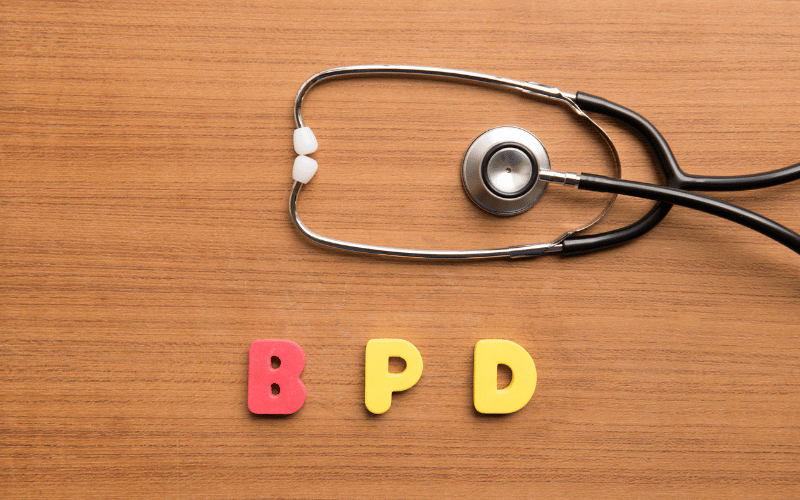Introduction: Setting the Stage for a Crucial Conversation

Mental health has long been a taboo subject, often cloaked in silence and misinformation. This is even more prominent when we talk about mental health conditions in children, such as Borderline Personality Disorder (BPD) or its alternative name, Emotionally Unstable Personality Disorder. The stakes are high. We’re talking about the well-being of kids, a demographic that needs clear, actionable information.
Why focus on children? Because early intervention can make all the difference in the world. When BPD is identified early, it offers a path for intervention and paves the way for managing symptoms more effectively. This knowledge equips parents and educators with tools that can literally shape a child’s future in terms of mental well-being.
The issue becomes even more pertinent as mental health problems are on the rise among youngsters. There’s a growing need to discuss, dissect, and understand conditions like BPD. It is no longer an adults-only topic. Kids are in the frame too, and understanding BPD in them is an urgent priority for society as a whole.
In the subsequent sections, we are diving into the intricacies, not just skimming the surface. This is not a 101 lesson, but an in-depth look at 10 essential facts about BPD in kids. You’ll find riveting details, surprising insights, and factual information geared towards those who want to understand the what, why, and how of BPD in children.
So, if you’re keen on going beyond the common knowledge surrounding BPD in children, buckle up. Whether you’re a concerned parent, a keen educator, or simply someone interested in psychology, this is your roadmap through the labyrinth that is Borderline Personality Disorder in kids.
1. Early Signs as Childhood Markers: Unraveling BPD Before Adolescence

First off, let’s debunk the myth that BPD symptoms only manifest during adolescence or adulthood. Early indicators often start much younger, appearing as early as ages 8-12. These aren’t your typical childhood tantrums or mood swings. These early signs are often extreme, pervasive, and disruptive to both the child and those around them.
Now, spotting these early markers isn’t just a case of playing armchair psychologist. It involves a serious look at persistent patterns of instability in mood, behavior, and interpersonal relationships. For instance, a child might exhibit severe mood swings that are disproportionate to the situation at hand. A minor disagreement with a friend might lead to a full-blown emotional meltdown.
The stakes are high, and the implications far-reaching. Unrecognized, these early signs can escalate into more severe forms of the disorder. It could lead to school drop-outs, social isolation, and even run-ins with juvenile law enforcement.
Contrary to the judgmental labels society often places on these kids—like “difficult,” “spoiled,” or “manipulative”—the reality is that they’re grappling with a significant mental health challenge. Far from being willful misconduct, their behaviors are signs of a deeper emotional struggle.(1)